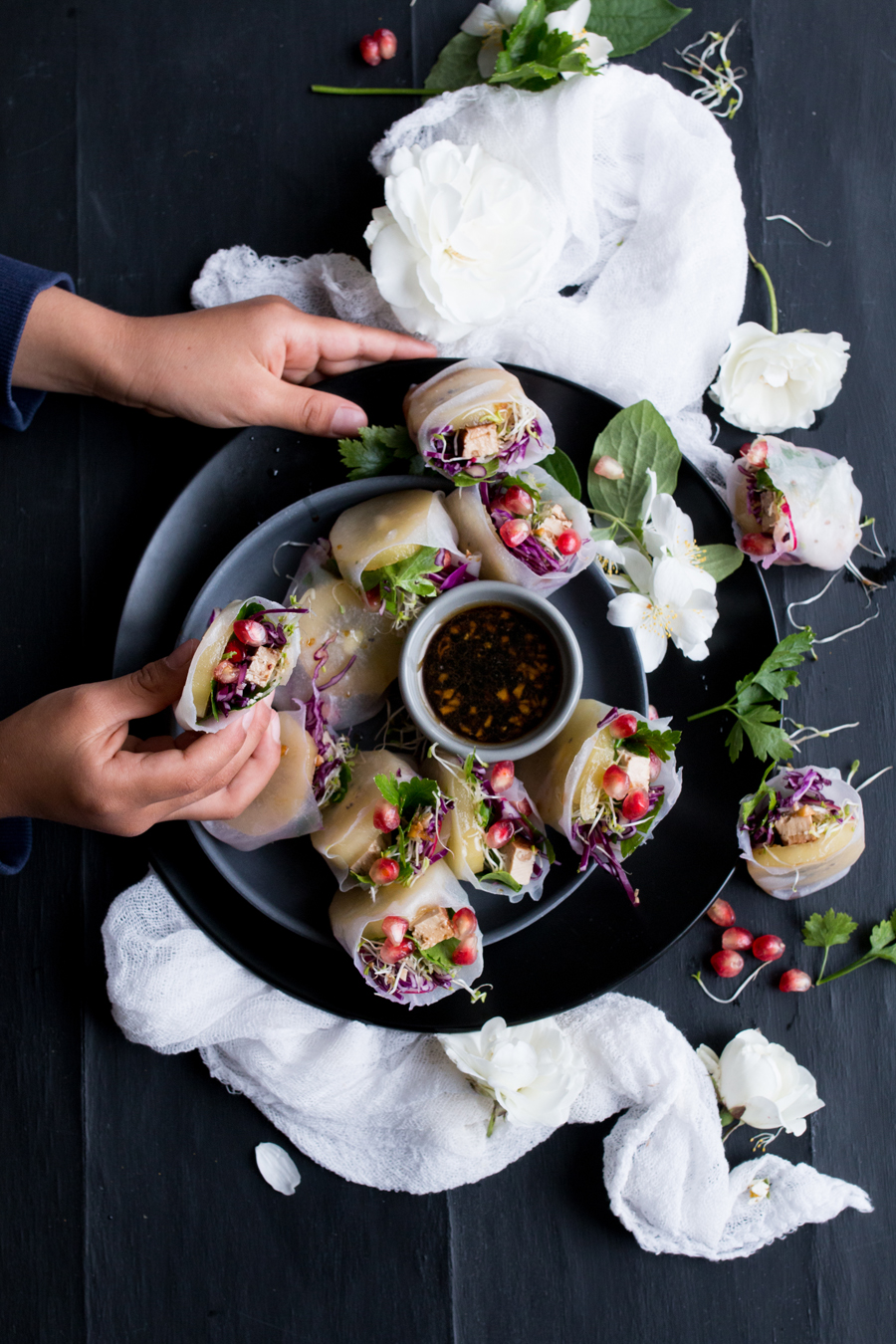FOOD PHOTOGRAPHY BACKDROPS PART 3
Hi everyone! Today's blog post is all about sourcing and making wooden food photography backdrops. It's part of a series I started last year about backdrops for food photography. You can find part 1 here, where I talk about using paper (yes, paper!) and concrete (yes, concrete!) as a food photography backdrop and part 2 here where I write in detail about using fabrics and metal.
So are you ready for me to delve right in?
1. NATURAL WOOD FOOD PHOTOGRAPHY BACKDROPS
Cost: low/medium/high
Effort: low/medium/high
Storage: easy/medium/a tad more complicated
Availability: 9/10
I must confess: I LOVEEEEEE working with wood as a backdrop. It's plain and simply the bomb! I believe it looks super lush, grown up and sophisticated; and as it's a natural material - just from a pure heart perspective - I'm drawn to it even more.
But, I assume you've not come to the blog to hear me gush about how much I love wood, have you? Instead, you wanna know how YOU can get your hands on some cool wooden backdrops yourself. Am I right?
You'll be glad to hear that I got 99% of my wooden backdrops just from walking around my neighbourhood with my eyes wide open! And I'm convinced you can get your wooden backdrops the same way too. Want to know how exactly I got them? Well, the backdrops you see above (the one with the black beans on top as well as the one at the very top with the chickpea stew), those are just old decking boards. You know the ones you use in your garden? A neighbour of mine was having her garden re-done and popped them into a skip to make way for new concrete paving stones. I instantly grabbed them, turned them around, noticed they didn't have ridges on the bottom side and brought them home.
They are, in my opinion, perfect as they are quite weathered. This adds texture and interest. In fact one of the boards is a little bit broken. But I love it, just as it is. In fact, it's really important to have wood that doesn't look or feel too perfect. This is because if the wood is all smooth and even, it will react differently to the light than backdrops with little nooks and crannies. The latter will create more shadows and give your pictures more of a three dimentional feel. Whereas wood that's perfect and even will lack this depth and character and sometimes feel a bit flat.
Just like the decking I found in the skip, my current favourite wooden backdrop (see the two images above) I found rather randomly, whilst out and about, abandon at the side of the road. (A home improvement project had come to an end, the builders broke one of the scaffolding boards in the process and decided to leave it behind. Naturally, I didn't hesitate to grab hold of it, ask my husband to cut it into 3 equally long pieces and voila: the best backdrop ever was born.)
From a very practical standpoint, the things I love most about these two backdrops is that they were completely free and that they are really easy to store; they are simple planks, I can store them on top of one another, underneath our guest bed, totally out of sight. For someone with a prop obsession like me, that's pretty good news!
Take away from this...
keep your eyes open, especially around houses that are doing DYI projects and/or have skips in front of them
look for pieces of wood that are weathered and worn as they offer more texture, interest and depth
if in doubt, knock on people's doors and make sure they are happy for you to take bits and pieces out of their skip!
Though I am convinced you can find old wood everywhere, I appreciate not everyone has the time to go looking for them. Which is why there are 2 alternatives you can try if you are after the natural wood effect. Firstly, you can try ebay or antique markets and look for wooden crates like the one I use below. Secondly, there are a number of places that sell wooden food photography backdrops. I've not used these myself so can't tell you how good/bad they are, but I'll happily list a handful of them here because I've seen them mentioned on social media next to some positive comments and feedback.
- Erickson Woodworks - Nordsgn - Food Photography Props -
Have you used any of these companies? Know of any more who sell wooden backdrops? Then plase do let me know in the comment section :).
Apart from natural wood, there is also...
2. PAINTED WOOD FOOD PHOTOGRAPHY BACKDROPS
Cost: low/medium/high
Effort: low/medium/high
Storage: easy/medium/a tad more complicated
Availability: 9/10
Like the natural wooden backdrops I talked about above, I found the wood for my painted backdrops rather randomly too. For example, the white wood you see all the way at the top of this blog post is a pallet, which was used to bring building material to a neighbour (I've got great neighbours, haven't I?). My husband took off the individual pieces and then put them back together again to get rid of the big gaps between each plank. It's a super sturdy backdrop.
The crazy blue one you see below was an old pallet too :).
In turn the black one you see below is an old cabinet door I found and the one at the very bottom is an old garden fence which someone was on the verge of throwing into the skip.
What you need to know about painted wooden backdrops:
To keep costs down look around your house for left over paint. For example the white and blue ones were painted with paint that was left over from our home renovations. If you do need to go out and buy paint, consider buying a sample sized tin. It's often enough.
Choose water based paint. This will allow you to wipe off some paint easily and create more texture and interest. I did that with the white and blue backdrops. It's also much less toxic than oil based paint.
Pick matt paint rather than glossy paint. You don't want your backdrop to cause too much of a reflection and glare ;).
Make sure the wood you use is weathered and textures, that way the paint adheres to the backdrop surface in an uneven way creating shapes, interest and depth.
When choosing colours, think about the message and feel you want to communicate. The blue feels very tropical and fun, whereas the blackboard paint I used for the back backdrop below, helps create a darker and moodier feel.
That's all folks! If you liked this post, please do share it on pinterest. And check out part 1 and part 2 in the food photography backdrop series.
Also, if you want to play around with some of my food photography props or backdrops, please join me this July in Gloucestershire for a 1-day food photography workshop. Alternatively, please feel free to subscribe to my mailing list below so you can be informed when new classes or courses open for registration or when I have giveaways happening on the blog.
Take care and I look forward to seeing you in 2 week's time.
Kimberly








